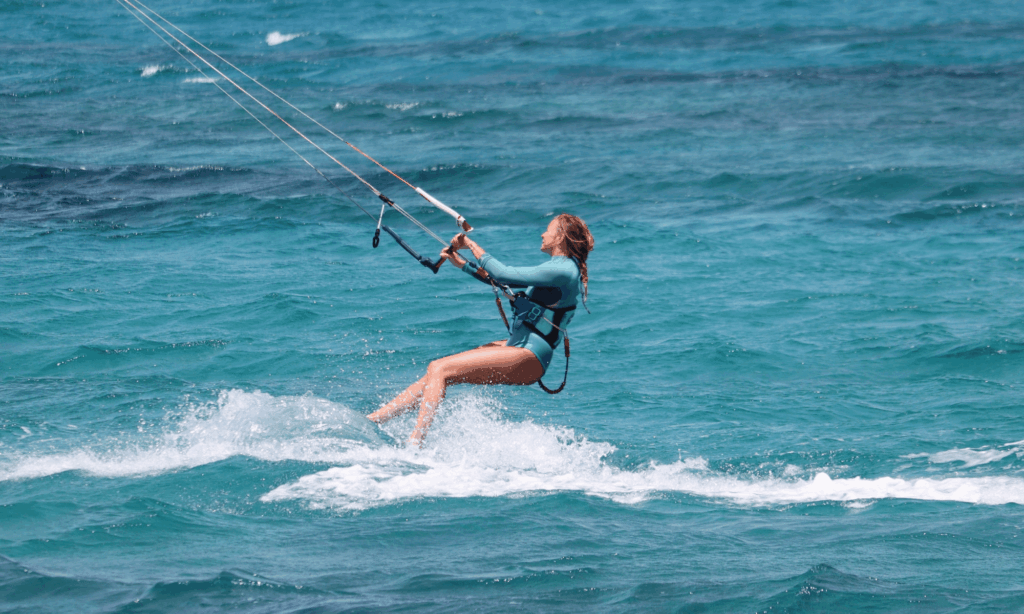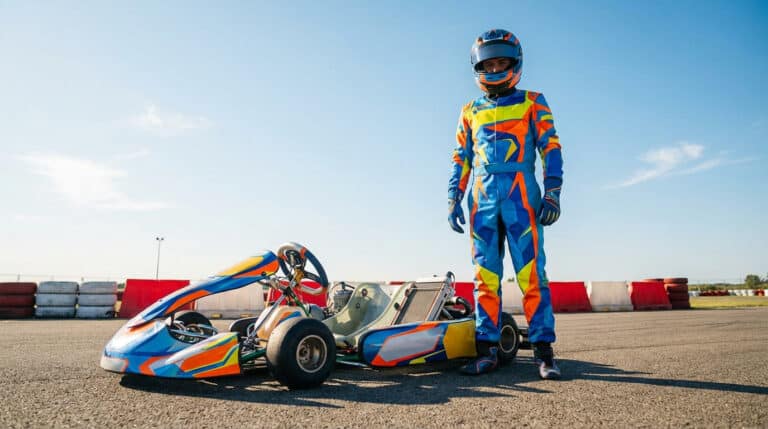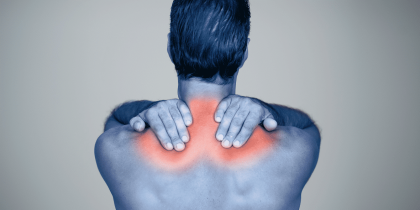Kitesurfing is as spectacular as it is demanding. Between the sea, wind, and speed, a small mistake can quickly lead to an accident. Yet, with proper preparation, risks can be significantly reduced. So, how can you enjoy kitesurfing safely?
Statistics: Kitesurfing Accidents in Numbers
Every year, the FFVL (French Free Flight Federation) records dozens of kitesurfing accidents in France.
The most common injuries are fractures, head trauma, and limb injuries. Areas like Finistère, Quiberon, and Fouesnant are among the hotspots, often due to unpredictable weather conditions.
Studies show that:
- 70% of accidents occur near the shore, during kite launching or landing.
- 20% happen offshore, usually during poorly controlled jumps or line failures.
Most accidents involve male kitesurfers aged 20 to 40, often experienced but sometimes overly confident.
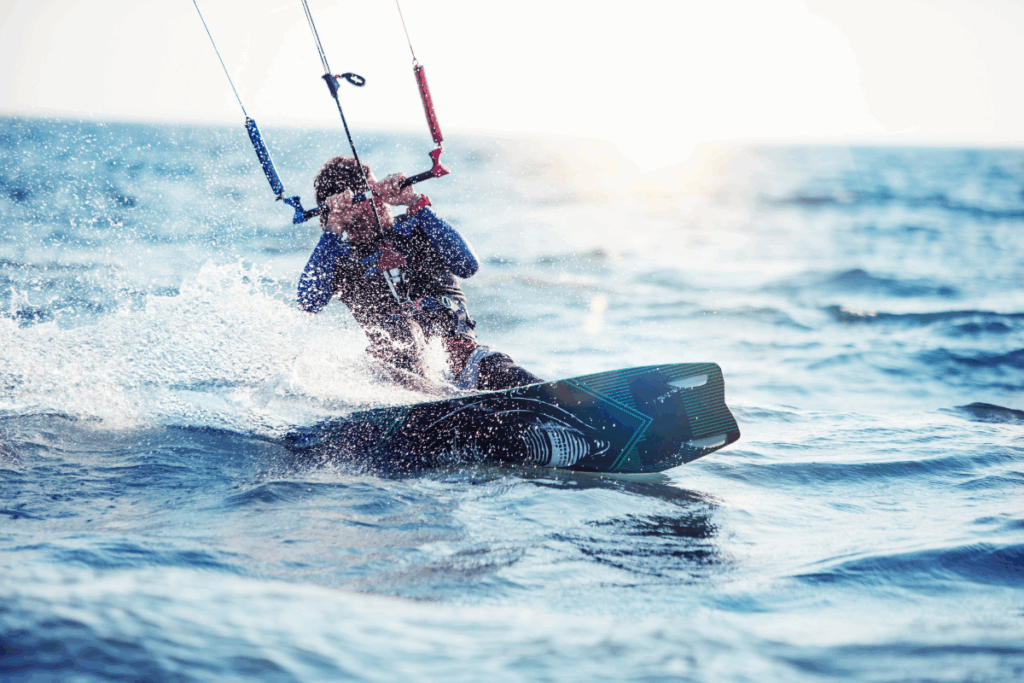
Main Causes of Kitesurfing Accidents
In kitesurfing, human error plays a major role in accidents. The most frequent mistakes include:
- Misjudging weather conditions: strong winds, unexpected gusts, or powerful waves.
- Piloting errors: poor control of the kite or losing control.
- Inadequate or faulty equipment: poorly adjusted harness, worn lines, damaged kite.
- Insufficient skill level for the day’s conditions.
- Ignorance of right-of-way and water safety rules.
A kitesurf accident can happen quickly: a bad landing, a collision, or a sudden powerful lift dragging you across the beach or water.
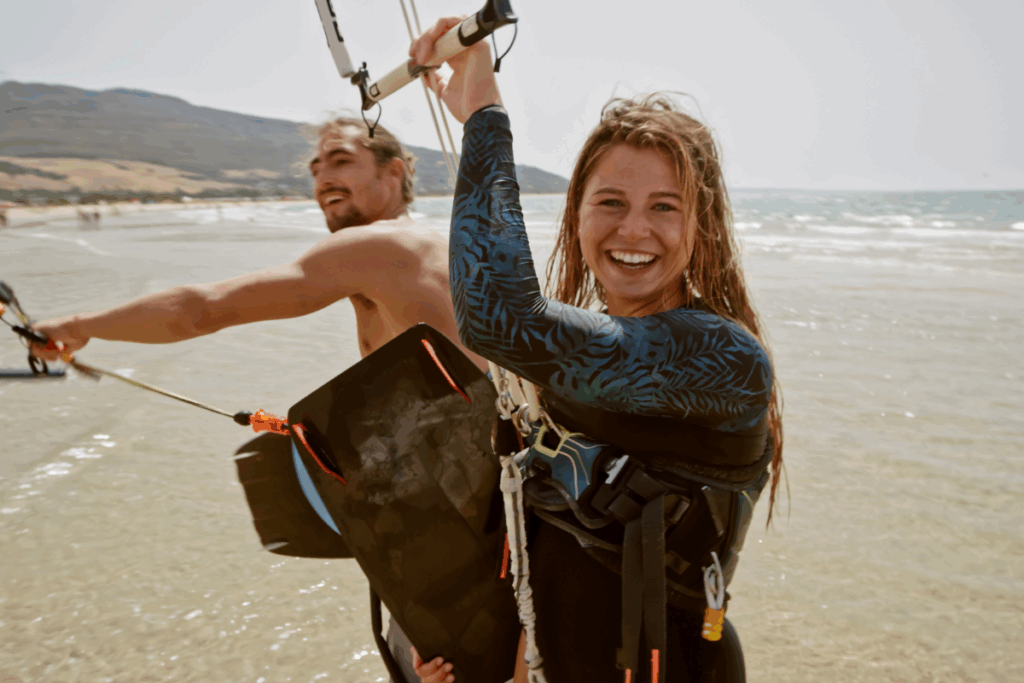
How to Reduce Kitesurfing Accident Risks
Simple habits can make kitesurfing much safer:
- Check all equipment before each session: lines, bar, harness, kite.
- Monitor weather conditions and cancel if there’s any doubt.
- Wear a helmet and impact vest, especially in shallow or rough waters.
- Always use a safety leash and know how to activate the quick-release system.
- Train regularly in certified centers like Saint-Quiberon or Île de Ré, under professional supervision.
- Stay humble: better skip a session than risk a serious injury.
Safety comes from knowing your limits and adapting constantly to conditions.
Testimonies: When Everything Changes
Thomas, an experienced kitesurfer :
“One day in Quiberon, a gust lifted me while still on the beach. I was thrown onto rocks — fractured my arm and needed surgery. Now, I always double-check my gear and cancel if the wind feels unstable.”
Julie, a beginner :
“During a session in Fouesnant, my lines got tangled after a failed jump. Luckily, I had learned how to quickly release the kite. Rescue services arrived fast, but it taught me never to kite alone and always stay near lifeguards.”
These stories show that every detail matters.
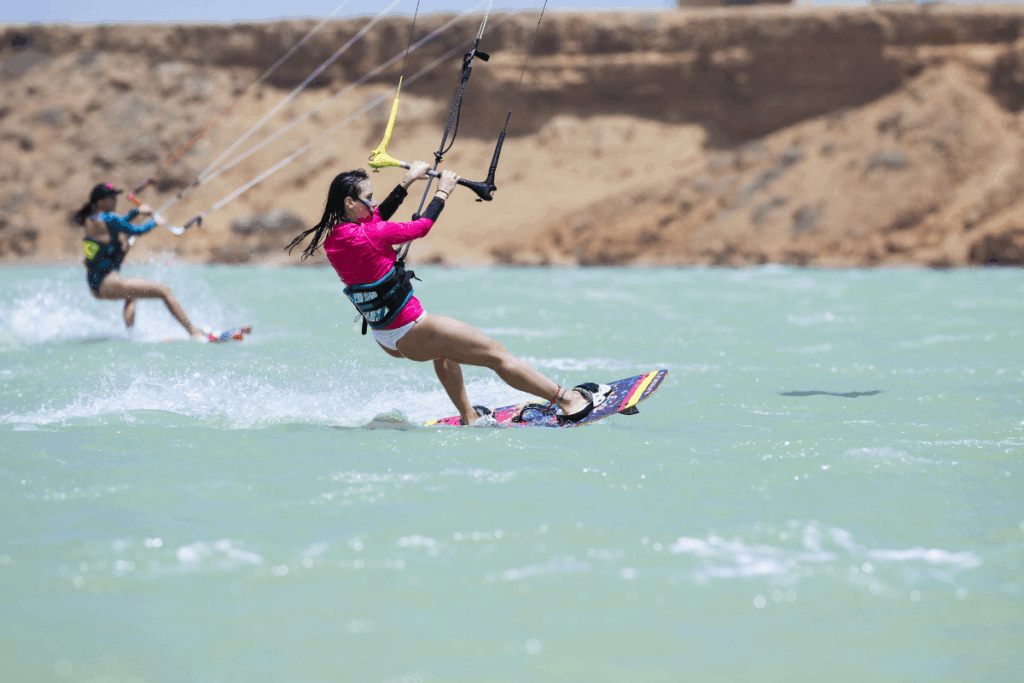
Kitesurfing: Where and When to Practice Safely
Certain conditions significantly increase accident risks:
- Offshore winds (pushing you out to sea)
- Approaching thunderstorms
- Strong waves or chaotic swell
Conversely, practicing at well-known beaches with marked zones, available rescue teams, and moderate winds (12–20 knots) greatly reduces risks.
France boasts world-renowned safe spots, especially in Brittany, Nouvelle-Aquitaine, and along the Mediterranean coast..
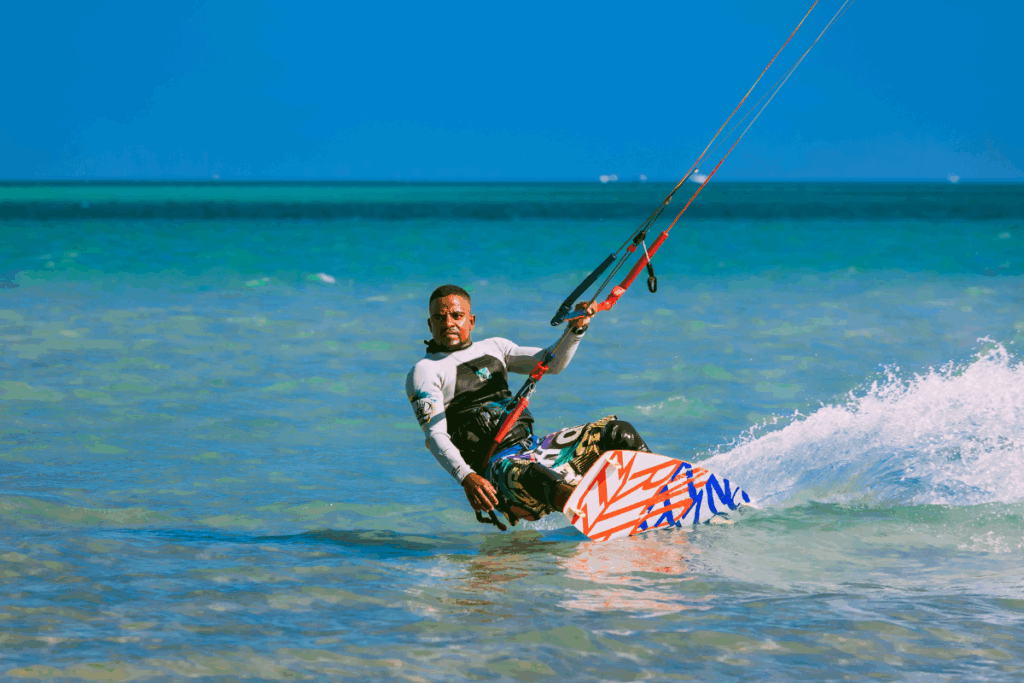
Kitesurfing Regulations in France
Kitesurfing is regulated with several rules:
- Respect designated kitesurfing zones.
- Ban on kitesurfing with offshore winds unless accompanied by a safety boat.
- Individual kitesurfing insurance strongly recommended, sometimes mandatory in schools.
- Schools must use CE-compliant equipment.
The FFVL also offers a membership card with complementary insurance coverage. à des assurances complémentaires.
